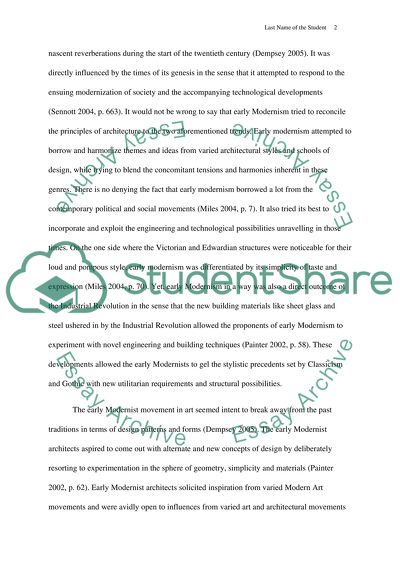Cite this document
(“Early Modernism and Art Nouveau - A Comparison Essay”, n.d.)
Early Modernism and Art Nouveau - A Comparison Essay. Retrieved from https://studentshare.org/visual-arts-film-studies/1587339-early-modernism-and-art-nouveau-a-comparison
Early Modernism and Art Nouveau - A Comparison Essay. Retrieved from https://studentshare.org/visual-arts-film-studies/1587339-early-modernism-and-art-nouveau-a-comparison
(Early Modernism and Art Nouveau - A Comparison Essay)
Early Modernism and Art Nouveau - A Comparison Essay. https://studentshare.org/visual-arts-film-studies/1587339-early-modernism-and-art-nouveau-a-comparison.
Early Modernism and Art Nouveau - A Comparison Essay. https://studentshare.org/visual-arts-film-studies/1587339-early-modernism-and-art-nouveau-a-comparison.
“Early Modernism and Art Nouveau - A Comparison Essay”, n.d. https://studentshare.org/visual-arts-film-studies/1587339-early-modernism-and-art-nouveau-a-comparison.


